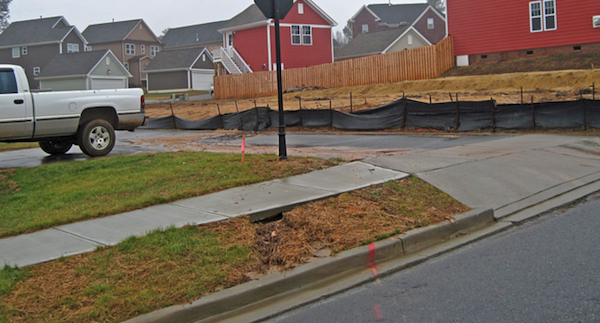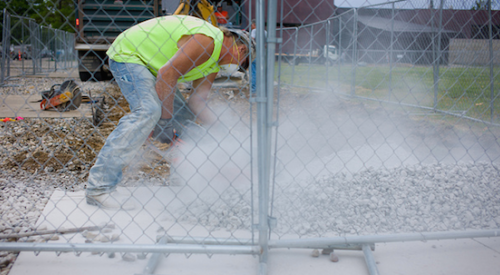The National Association of Home Builders (NAHB) has long raised concerns about the complicated process of getting a stormwater permit. Over the years, the NAHB has frequently discussed the issue with Environmental Protection Agency (EPA) officials and offered suggestions to help streamline the process.
Now, there’s an answer—at least for some builders. In direct response to the NAHB’s request, the EPA has announced the release of a voluntary Construction General Permit (CGP) compliance template for residential lots disturbing 1 acre or less. The template and a fact sheet explaining how it works are on the EPA’s website.
“We have repeatedly argued that EPA’s CGP is too complex for many of our members, who typically build about five homes a year,” said NAHB chairman Tom Woods. “The permitting process is more suited to large land developers, rather than smaller companies that are building homes on individual lots within a subdivision.”
The new compliance template can be used immediately in the states and territories where the EPA is the direct permitting authority, including New Hampshire, Massachusetts, New Mexico, Idaho, and Washington, D.C. Home builders in other states will eventually be able to use the streamlined template, too, by modifying it to fit any extra state-specific requirements.
Sometimes home builders don’t even realize that they need a permit. Many smaller home builders figure that the developer took care of any paperwork requirements before grading the lots.
Builders must seek CGP coverage for any construction activity disturbing more than 1 acre (or less than 1 acre when that jobsite is within a larger subdivision or development). Builders often draft a Stormwater Pollution Prevention Plan or SWPPP, using the EPA’s current template, which can be onerous and costly.
The EPA’s streamlined SWPPP template provides a simplified list of compliance options for typical small residential construction sites, including a check-list menu of Best Management Practices. Although the new template will not change any requirements in the EPA’s CGP, it will make the SWPPP writing process far less complicated, saving small builders time and money.


ABOUT the NAHB: The National Association of Home Builders is a Washington, D.C.-based trade association representing more than 140,000 members involved in remodeling, home building, multifamily construction, property management, subcontracting, design, housing finance, building product manufacturing, and other aspects of residential and light commercial construction. For more, visit nahb.org.













